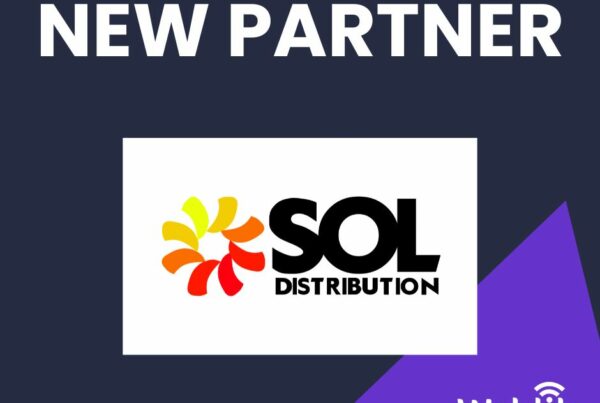HTTPS Browsing vs. Captive Portals: what are these technologies?
The evolution of browsing trends is changing rapidly on a daily basis and the subject of user experience is at the heart of the main questions companies are asking themselves. For publishers or manufacturers, mobile browsing now takes up a significant part of web traffic to which solutions must be provided. Comfort but also in terms of network security to always increase customer satisfaction.
Mobile users are thus today confronted with the principle of incompatibility of two technologies: HTTPs versus captive portals.
To explain it in accessible terms, the principle is as follows:
- the HTTPs protocol guarantees that when a user requests the site, it is indeed this site which responds to him (and not a pirate site)
- captive portals operate as follows: when a user requests the site, the captive portal intercepts this request and responds to the user with its own site: http(s)://le -portail-captif.com, in order to ask the user to authenticate himself, or in order to present him with information relating to access to wi-fi, network, etc.
It is of course not possible to modify/break the HTTPs protocol for this, for many reasons relating to the security of navigation or even the user experience. And taking care of a mobile user without prior operation on his device does not offer any other solution than the site interception mentioned above.
HTTPS Browsing vs Captive Portals: How to Maintain the Best User Experience?
The conflict is actually so deep that the solution had to be implemented by the publishers of the mobile operating systems themselves (Apple, Google, Microsoft), in their various systems. This is the ability of the operating system (Apple iOS, Google Android, Windows) to detect that a captive portal is present on the network and present it to the user before the user has able to navigate to any site. This solution thus allows a navigation scenario without interruption for the user and makes it possible to develop solutions to meet current and future uses.
UCOPIA being present with many companies in different sectors since 2002, we have been able to develop expertise in the scripting of navigation experiences. Our teams therefore work by always seeking to offer the best experience for end users while raising awareness among our customers on the issues of their businesses. Our solutions and our captive portals thus adapt to this automatic triggering carried out by the operating systems and will continue to evolve according to the uses and the necessary security measures.
Discover Antoine Boisjibault’s answer on optimizing navigation and user experience by clicking here.








